PVC Transparent Door Curtain | Clear, Durable, Insulating
PVC door curtains: the quiet workhorse of clean, efficient doorways
If you’ve ever pushed a pallet through a chilly loading bay and thought “that felt easier than a hard door,” you’ve met the humble pvc transparent door curtain. I’ve toured facilities from Hebei to Hamburg and, to be honest, the best ones treat these strips like energy-saving assets, not just plastic flaps. The model shown here is made in Houligezhuang Village, Langfang, Hebei, China—an area that’s been quietly perfecting PVC calendering for years.
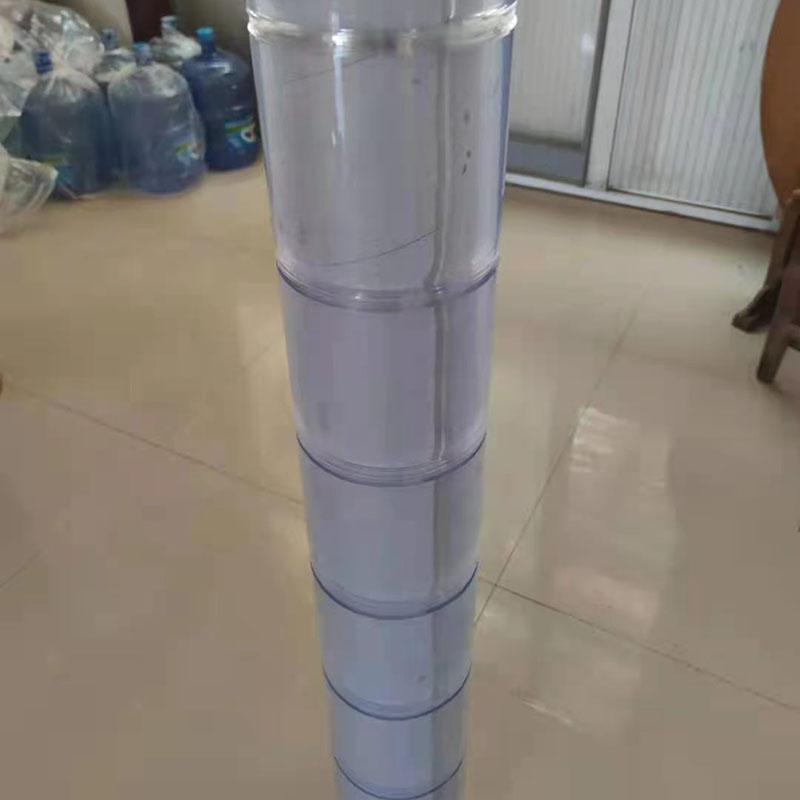
Why the renewed interest
Warehousing and food logistics are under ruthless pressure: energy costs, contamination risks, forklift safety. Surprisingly, a pvc transparent door curtain can tick all three boxes—cut infiltration losses, maintain zoning, keep sightlines. Many customers say they recoup the cost in one winter.
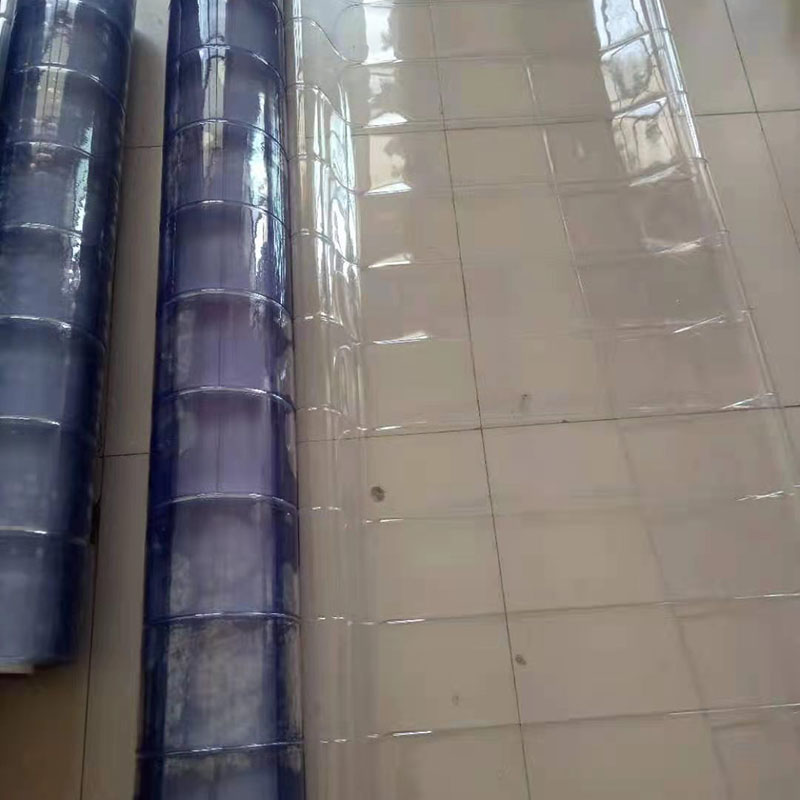
What it’s made of and how it’s made (quick but nerdy)
Material: PVC resin (K≈57–67) with DOTP/DINP plasticizers, Ca-Zn stabilizers (RoHS-compliant), UV absorbers; optional anti-static and low-temp modifiers.
Process flow: resin pre-mix → twin-screw compounding → filtration → calendering/extrusion into sheet → quench and anneal → thickness gauge check → slitting into strips → punch/slot hardware holes → surface inspection (haze, inclusions) → packaging. Testing aligns with ASTM D638 (tensile), D2240 (Shore A), transparency/haze, cold bend at -25°C, and sometimes flame performance screening (ASTM E84, where local codes apply).
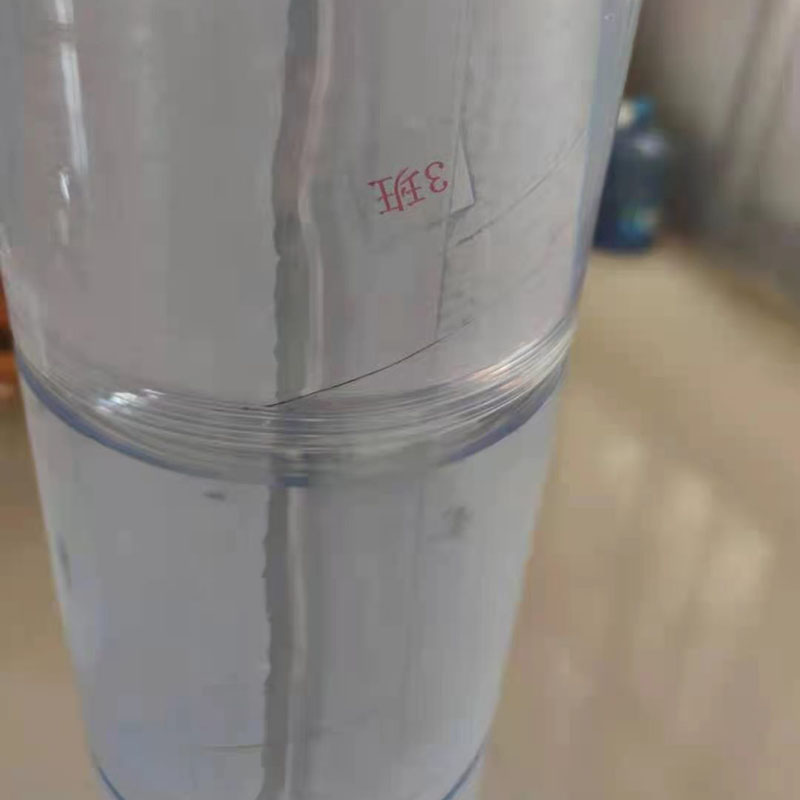
Key specs (real-world use may vary)
| Strip width / thickness | 200–400 mm / 2–5 mm (common); custom up to 8 mm |
| Temperature range | ≈ -25°C to +50°C (low-temp grade available) |
| Transparency / haze | >85% transparency; low-haze options for better sightlines |
| Shore A hardness | ≈ 70–85A |
| Overlap | 30–67% depending on draft and traffic |
| Service life | 3–5 years in heavy traffic; up to 8 years indoors with routine cleaning |
| Compliance | REACH/RoHS; ISO 9001 factory; optional food-contact compliant grades (EU 10/2011) |
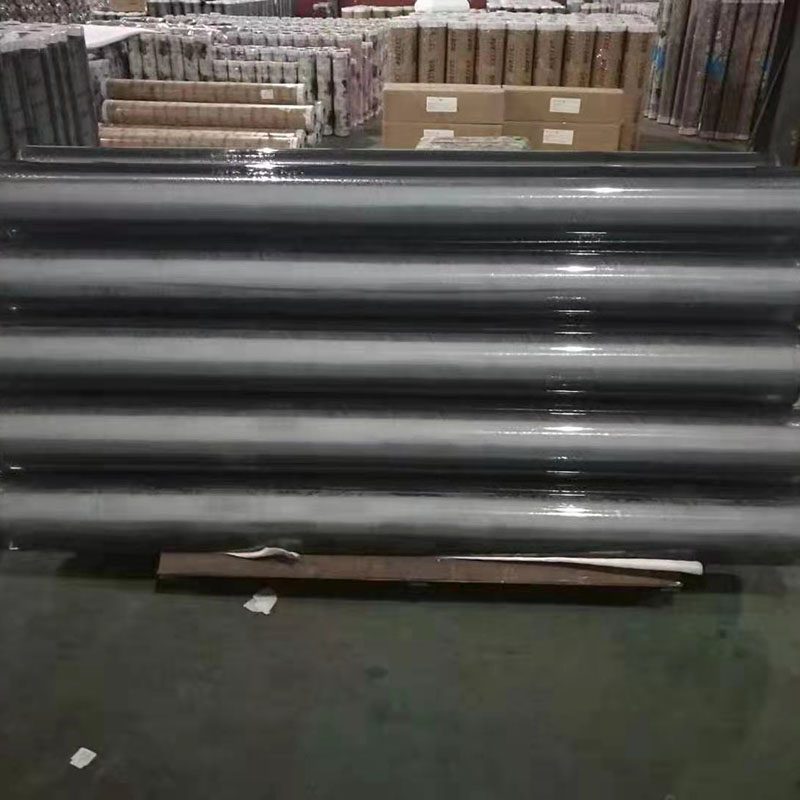
Where it shines
- Cold rooms and freezers: reduce infiltration; operators report steadier coil temps.
- Clean zones (packaging, pharma corridors): physical barrier without blocking visibility.
- Loading docks and back-of-house retail: keeps dust and birds out—yes, really.
- Welding bays (tinted grades): comply with ISO 25980; protect adjacent lines.
In one test batch we saw tensile strength around 12–16 MPa and elongation >200% on standard grade; cold-bend passed at -20°C with no cracking. That’s solid for a pvc transparent door curtain intended for forklifts and carts.
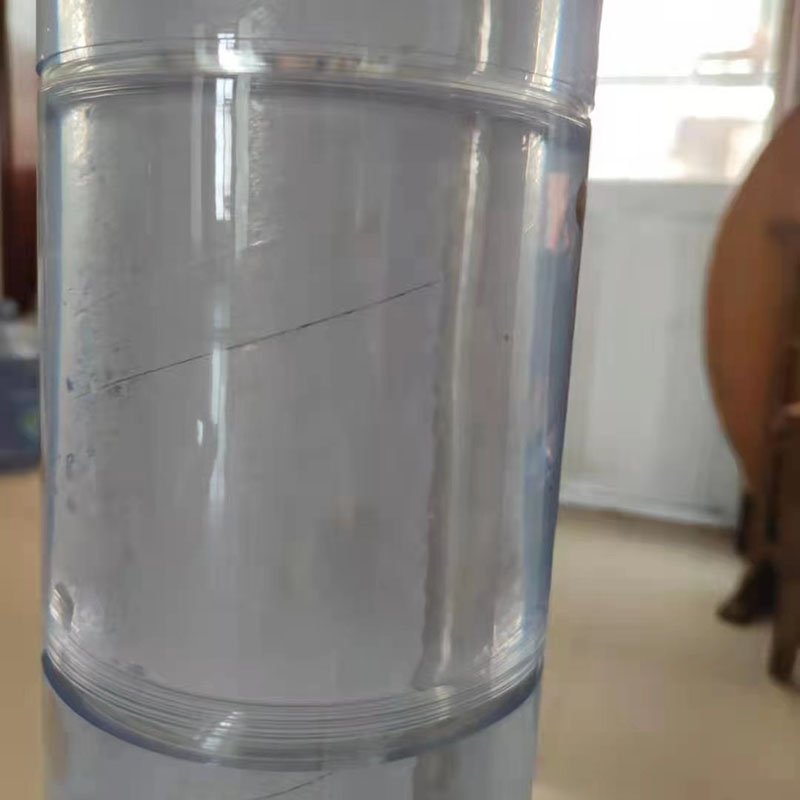
Vendor snapshot (quick comparison)
| Vendor | Origin | MOQ | Lead time | Customization | Certs |
|---|---|---|---|---|---|
| Wanmao (Langfang) | Hebei, China | ≈ 50–100 m | 10–15 days | Width, overlap, anti-static, low-temp | ISO 9001; REACH/RoHS |
| Generic Importer A | Mixed (APAC) | Low | Stock-based | Limited colors, standard sizes | Varies by batch |
| Local Fabricator B | Regional | Very low | 2–5 days | Rapid field measurement/fit | Local QA; limited lab data |
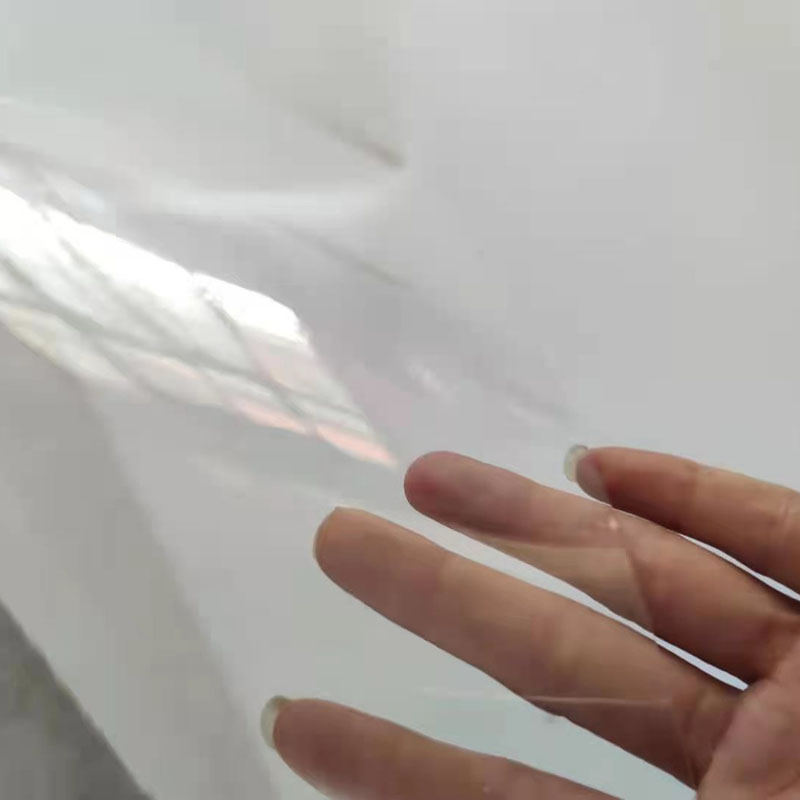
Customization and two quick case notes
Options: ribbed anti-scratch, anti-static (≈109–1011 Ω), amber/green welding grades, freezer-grade, stainless hanging systems. For a busy corridor, I’d spec 300×3 mm with ~50% overlap; for dock doors, 400×4 mm is more forgiving.
Case 1 (cold chain, Tianjin): swapping to low-temp pvc transparent door curtain cut compressor cycling; supervisors noted fewer fog-up incidents and quicker pallet turns. Case 2 (artisan bakery, UK): lighter strips improved hygiene zoning without “closing off” the shop feel—owner said it “kept the aroma in, drafts out.”
Compliance and documentation
Ask for tensile/elongation data (ASTM D638), hardness (D2240), haze/clarity reports, and REACH/RoHS declarations. Food-adjacent areas may require EU 10/2011 migration tests. An ISO 9001 certificate is a good proxy for stable process control.
Authoritative citations
- ASTM D638 – Standard Test Method for Tensile Properties of Plastics: https://www.astm.org/d0638-23.html
- ASTM D2240 – Standard Test Method for Rubber Property—Durometer Hardness: https://www.astm.org/d2240-15e1.html
- ECHA REACH Candidate List (SVHC): https://echa.europa.eu/candidate-list-table
- Carbon Trust – Refrigeration Energy Efficiency Guidance: https://www.carbontrust.com/resources/guides/energy-efficiency/refrigeration
- ISO 9001 Quality Management Systems: https://www.iso.org/iso-9001-quality-management.html
-
Efficient Plastic Drapes Warehouse Solutions for Global Storage & ProtectionNewsNov.23,2025
-
Understanding PVC Clear Sheet Rolls: Applications, Benefits & Future TrendsNewsNov.23,2025
-
Soft PVC Roll: Versatile, Durable Solutions for Modern IndustriesNewsNov.22,2025
-
Transparent Soft PVC Sheet – Versatile, Durable, and Sustainable Plastic SolutionsNewsNov.21,2025
-
Industrial Plastic Door Curtains - Efficient, Durable, and Cost-Effective SolutionsNewsNov.19,2025
-
PVC Fridge Curtains – Energy-Saving Solutions for Refrigeration & Cold StorageNewsNov.18,2025



